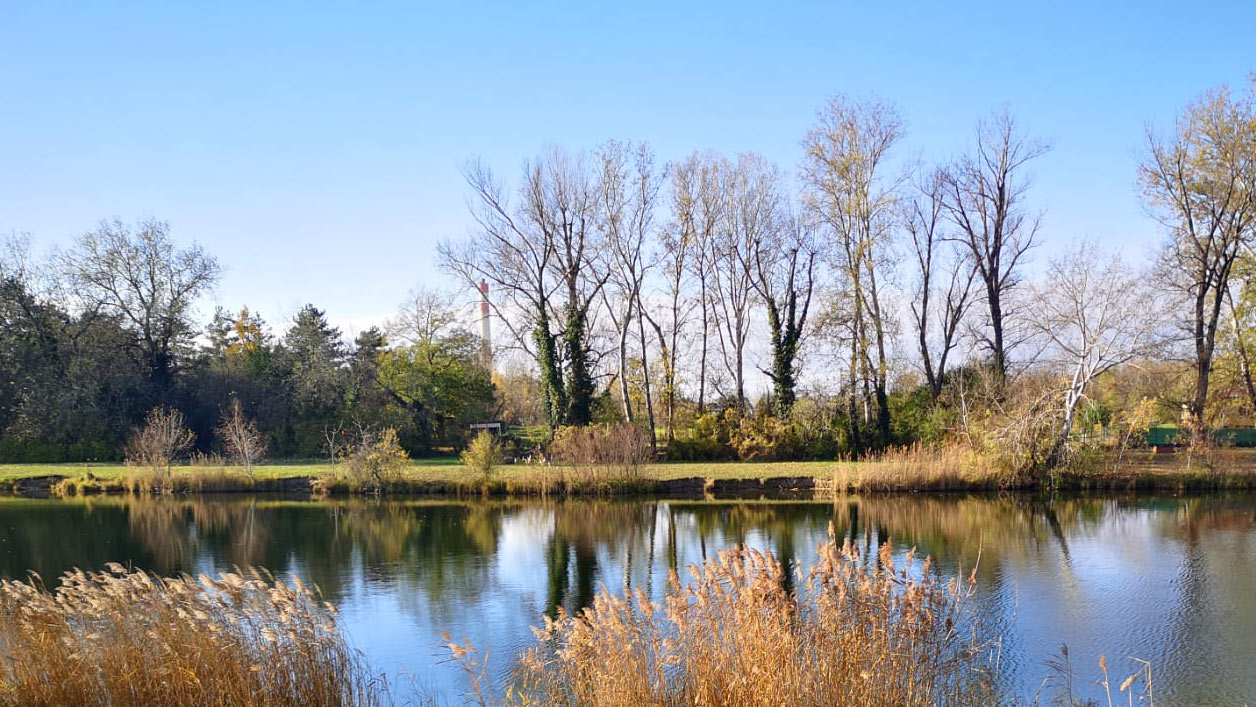Back to top ^


Healthy Buildings
Buildings have a significant impact on physical and mental health, as do site conditions. Some elements of a building are largely determined during the design and construction process, but renewal projects and on-going maintenance make an impact as well. Members and management may want to consider the impact of their choices and aim to improve their co-op homes.
- Balance short-term expenses with longer-term maintenance costs and overall health benefits. Building products vary in durability and toxicity. Some natural products last a long time and pose minimal end-of-life disposal problems. (For example, linoleum, made of linseed oil and backed with jute, has anti-microbial qualities and can last decades. It can also be broken down when no longer needed.)
- Using wood for buildings over concrete may help sequester carbon and reduce greenhouse gas emissions. As can planting trees.
- Permeable surfaces may reduce problems associated with water run-off — perhaps a growing concern as more severe weather is often predicted with a warming climate.
- Setting aside space for clotheslines (or building them in) creates more opportunities for air-drying laundry which should reduce energy use.
- Landscaping is often tied to renewal projects, and green spaces can offer multiple benefits: shade trees offer relief from the sun (and improve air quality), deciduous plants let more light in during winter months when light is in its shortest supply (possibly improving mental health), well chosen plantings can reduce the need for water or boost opportunities for native species.